Table of Contents
Introduction
Ever wondered how some plants effortlessly blanket the ground or climb walls with ease?
Creeper plants are a fascinating group of greenery that add texture, coverage, and ecological benefits to gardens, landscapes, and natural habitats. These plants grow by spreading horizontally along the ground or climbing surfaces using tendrils, roots, or stems.
They help control soil erosion, provide ground cover, and create a lush green carpet that supports biodiversity by offering shelter to small insects and animals. Many creepers are hardy, low-maintenance, and well-suited to a variety of Indian climatic conditions making them excellent choices for sustainable gardening and landscaping projects.
In this blog, we’ve discussed 15 of the best creeper plants you can grow in your garden. However, we have mainly focused on non-flowering creeper plants. If you’re specifically interested in flowering creepers, do check out our blog on the 15 Best Flowering Creeper Plants.
To help you choose the right plant for your space, we’ve also classified these creeper plants into various categories at the end of the blog based on foliage type, growth habit, and garden use.
So without further delay, let’s dive into the blog.
15 Best Creeper Plants
Creeping Fig
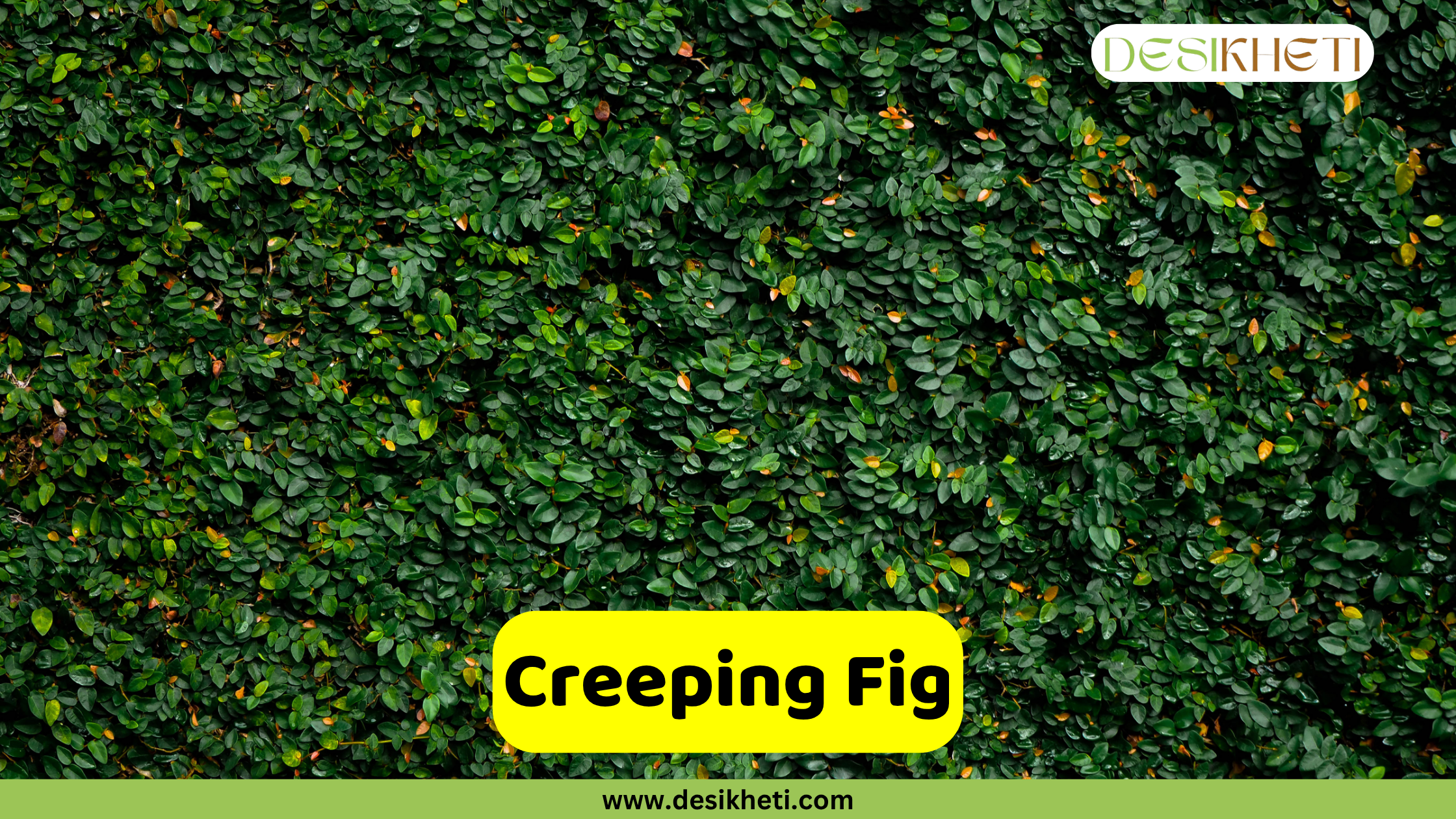
Botanical Name: Ficus pumila
Creeping Fig is a vigorous, evergreen creeper with small, heart-shaped leaves and a self-clinging habit. Native to East Asia, it attaches itself to walls, fences, and vertical structures using aerial roots. It thrives in warm climates and tolerates full sun to partial shade. This low-maintenance vine is ideal for covering bare walls and creating a lush green vertical display.
Uses and Benefits:
- Excellent for vertical gardening and wall coverage.
- Grows well with minimal care.
Turtle Vine
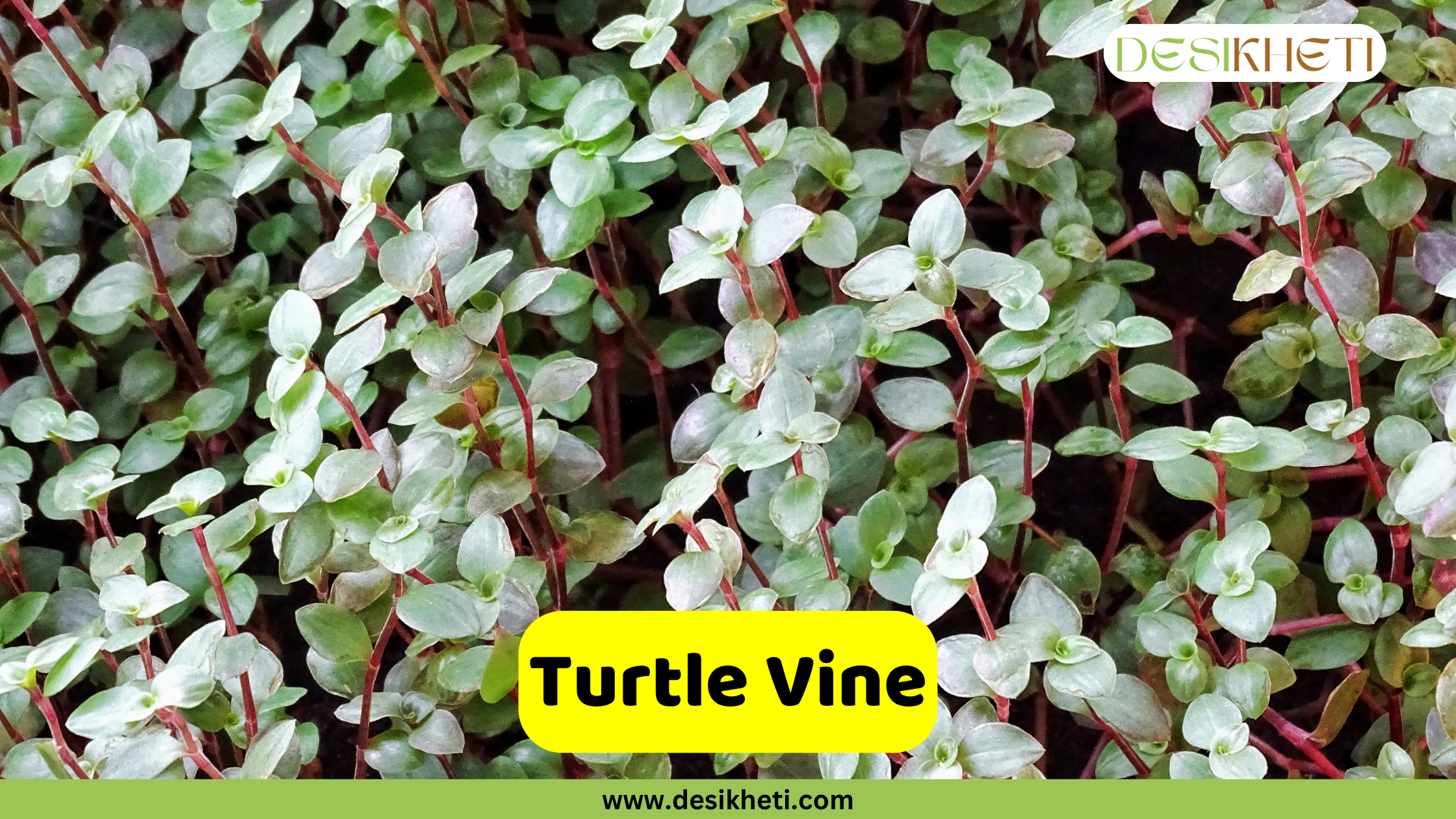
Botanical Name: Callisia repens
Turtle Vine is a fast-spreading, trailing plant with fleshy green and purple leaves. Native to Central and South America, it prefers high humidity and indirect sunlight. It grows well in hanging baskets, containers, or as ground cover in shaded garden spots. Its cascading habit makes it a popular choice for indoor decoration and shady landscapes.
Uses and Benefits:
- Attractive foliage ideal for indoor décor.
- Serves as ground cover in humid, shaded gardens.
- Easy to propagate and maintain.
Joseph’s Coat
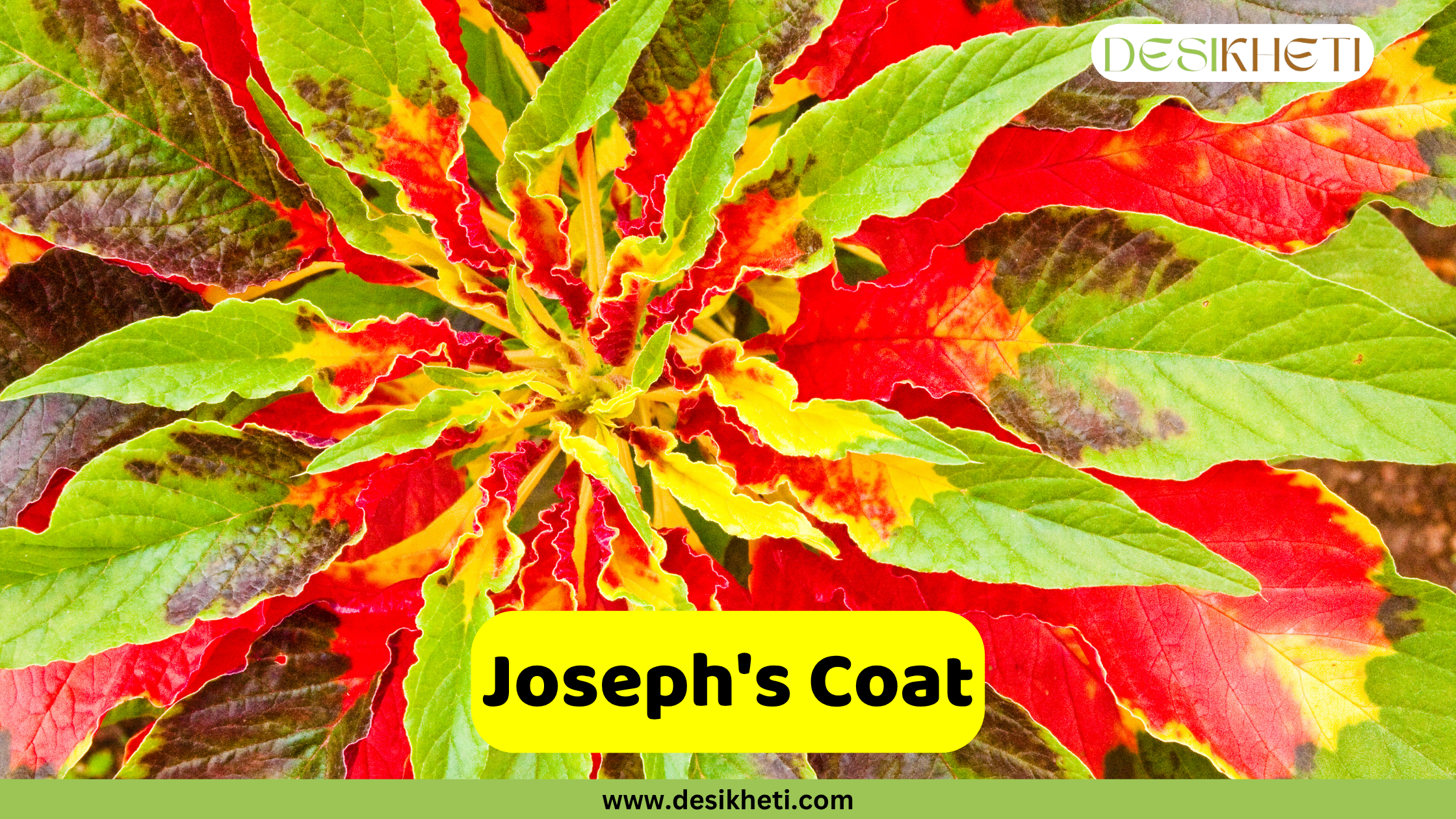
Botanical Name: Alternanthera ficoidea
Joseph’s Coat is a colorful foliage plant known for its striking red, green, and purple leaves. It is a low-growing perennial with creeping stems that root at the nodes. Mainly grown for its vibrant leaves, it may also produce tiny flowers. It prefers sunny to semi-shaded locations and adds color to borders and beds.
Uses and Benefits:
- Used as ornamental ground cover.
- Adds vibrant contrast to landscape designs.
- Requires minimal maintenance.
Korean Carpet Grass
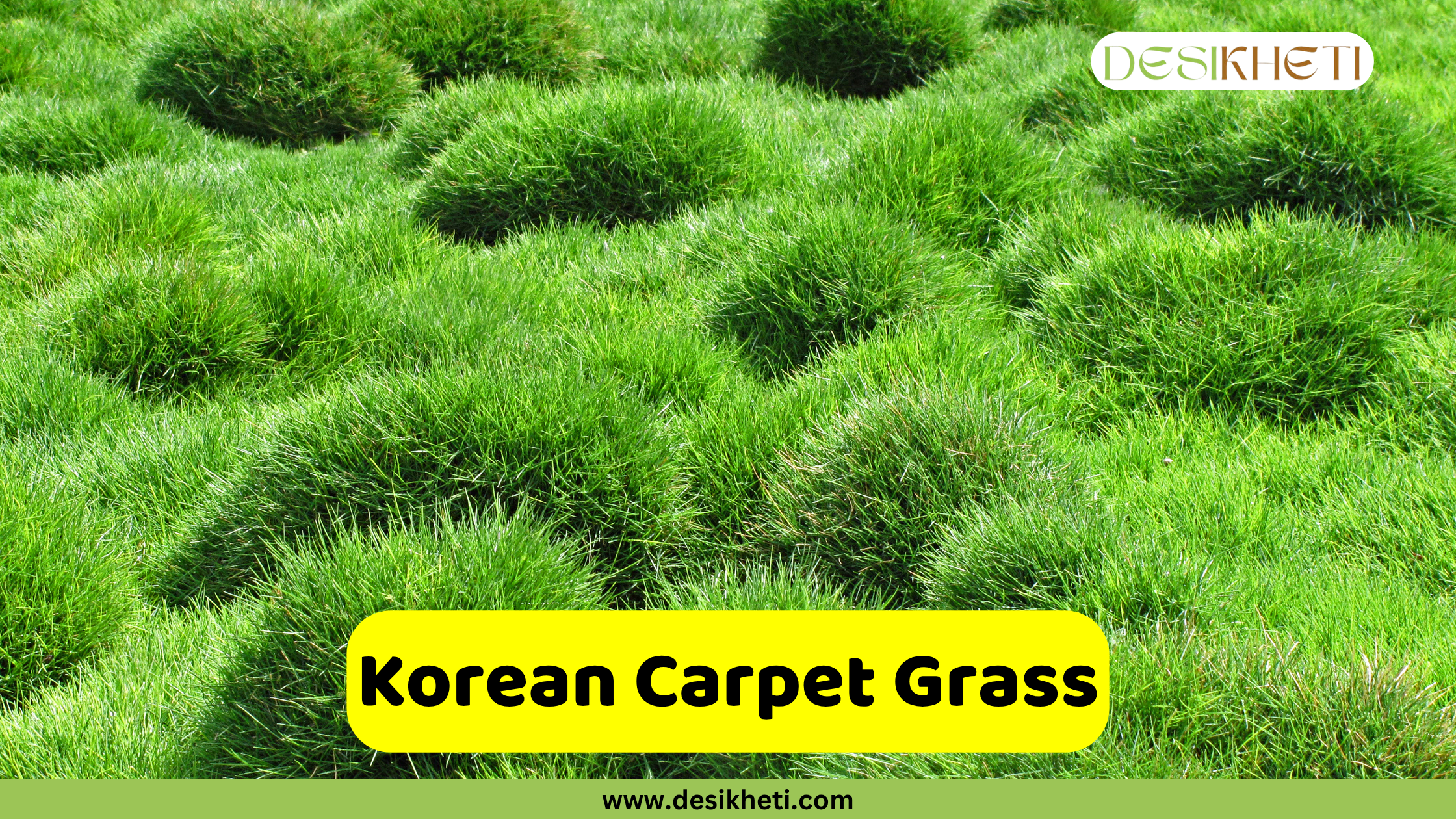
Botanical Name: Zoysia tenuifolia
Zoysia tenuifolia is a slow-growing, mat-forming grass with fine-textured, lush green leaves. Native to East Asia, it thrives in tropical climates with full to partial sun. It is commonly used in lawns, golf courses, and as ornamental turf. It spreads through stolons.
Uses and Benefits:
- Low-maintenance lawn alternative.
- Excellent for erosion control.
- Soft texture ideal for barefoot walking areas.
Peperomia rotundifolia
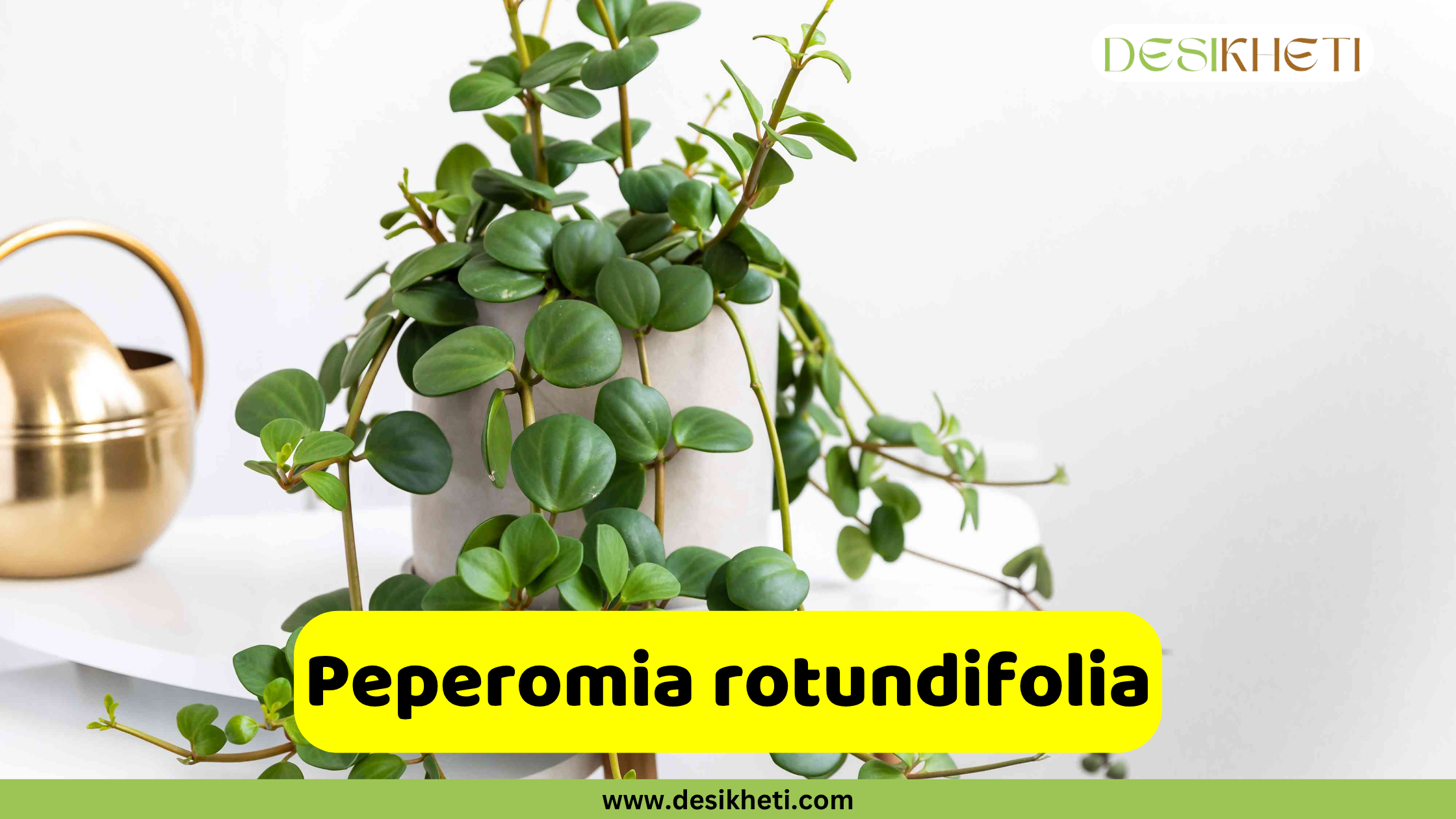
Botanical Name: Peperomia rotundifolia
Commonly known as Trailing Jade or Round Leaf Peperomia, this is a creeping, low-growing plant known for its delicate, round, fleshy green leaves. It thrives in warm, humid environments and prefers bright, indirect light. This non-flowering creeper is ideal for hanging baskets, terrariums, or as soft ground cover in tropical gardens. Its stems trail beautifully over the edges, creating a cascading effect.
Uses and Benefits:
- Excellent for indoor trailing displays or small containers.
- Low-maintenance and non-invasive.
- Helps increase indoor humidity.
Creeping Jenny
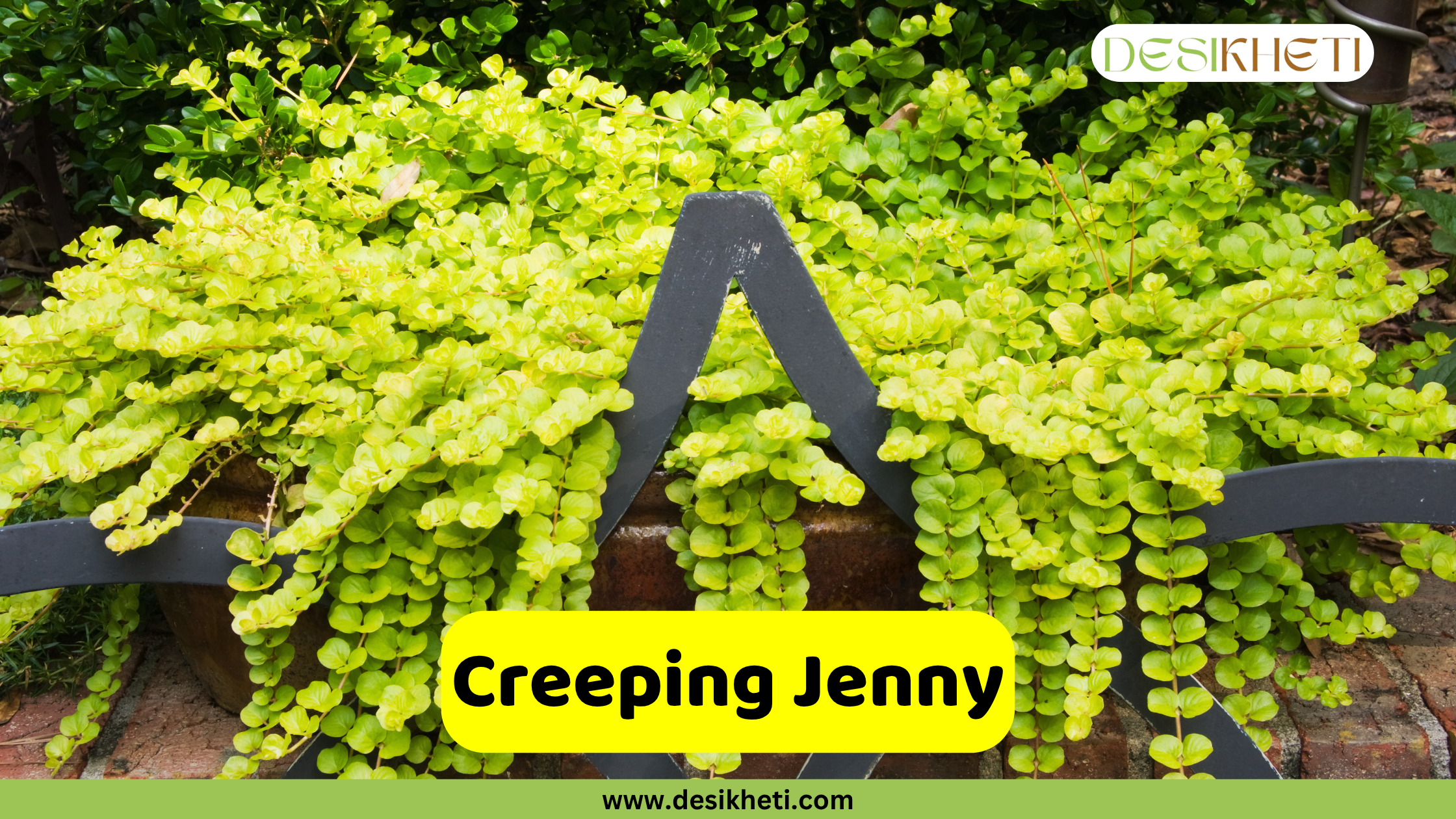
Botanical Name: Lysimachia nummularia ‘Aurea’
Creeping Jenny is a vibrant, golden-leaved ground cover that forms dense mats. It has round, golden-yellow leaves and is primarily grown for its foliage. The plant spreads quickly in damp, shady areas and may also produce small flowers. It is ideal for edging ponds, pathways, or hanging baskets.
Uses and Benefits:
- Adds a golden hue to gardens and containers.
- Useful as edging along paths and ponds.
- Helps suppress weeds and retain soil moisture.
Kidney Weed

Botanical Name: Dichondra repens
Kidney Weed is a low-growing ground cover plant known for its kidney-shaped leaves. Native to Australia and New Zealand, it is often used as a lawn substitute in mild climates. It thrives in both sun and shade and forms a dense mat.
Uses and Benefits:
- Natural lawn alternative.
- Grows well under trees and in shaded spaces.
Purple Heart
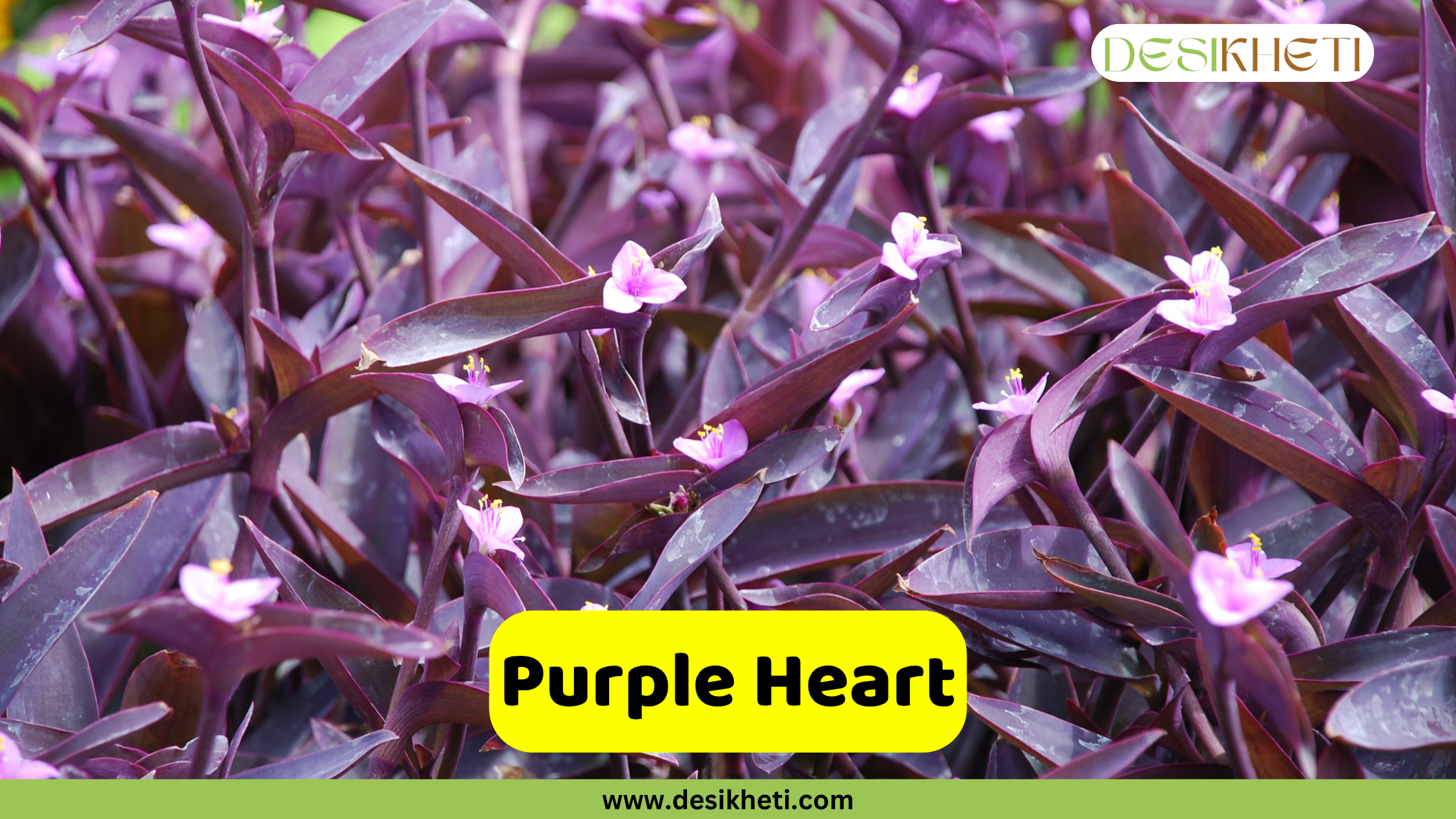
Botanical Name: Tradescantia pallida (formerly Setcreasea purpurea)
This creeping plant features lance-shaped purple leaves and stems. It is prized for its rich color and fast-spreading nature. It thrives in full sun to partial shade. Though it produces small flowers, it is typically grown for its striking foliage. It performs well in containers or as ground cover.
Uses and Benefits:
- Adds vibrant purple color to gardens.
- Tolerant of drought and heat.
- Excellent for hanging baskets and borders.
Red Flame Ivy
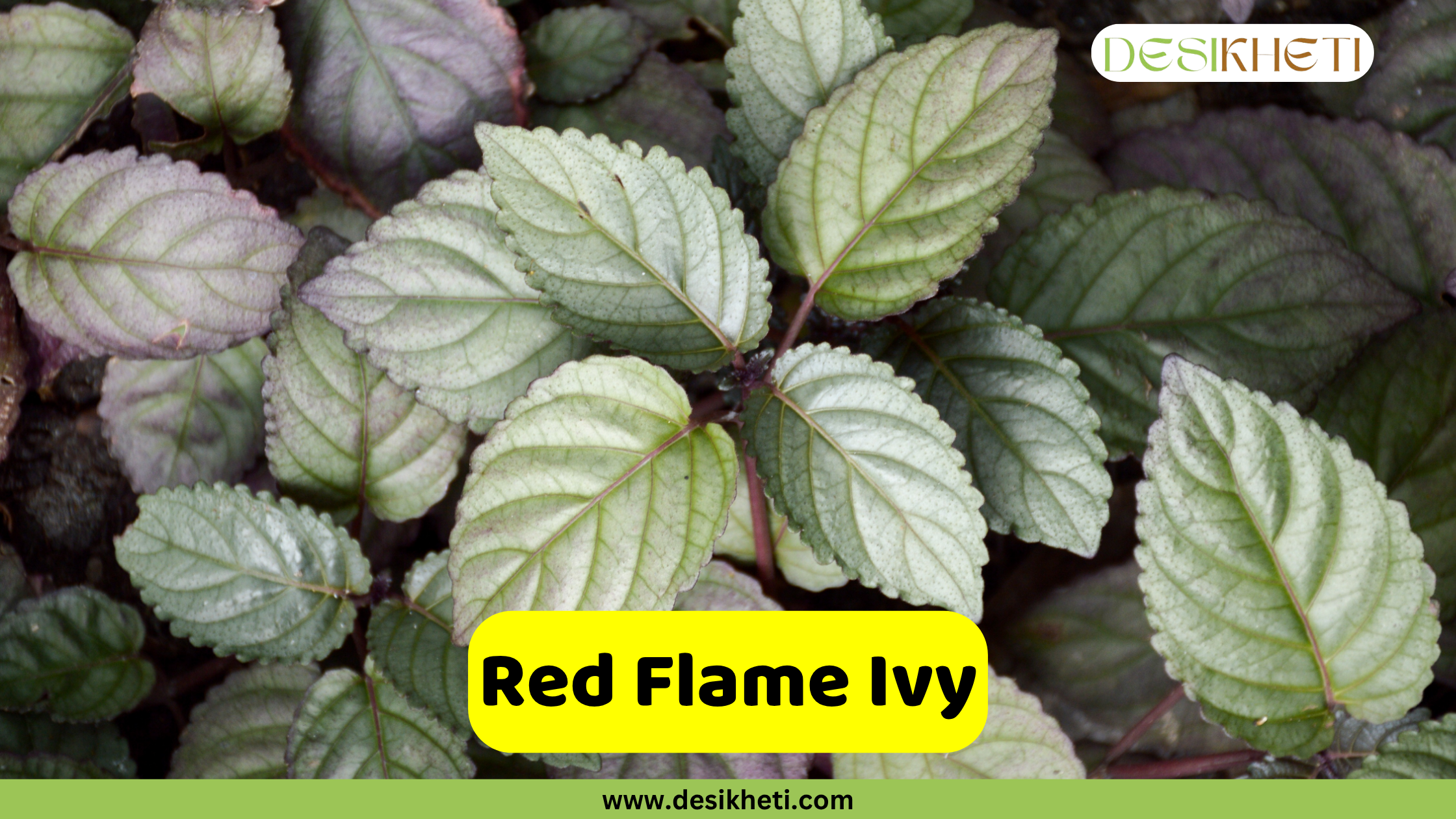
Botanical Name: Hemigraphis alternata
Red Flame Ivy is a low-growing foliage plant with striking purple and metallic green leaves. It spreads horizontally to create a lush carpet effect and thrives in moist, shaded environments. Often grown in shady garden beds or as a potted indoor plant, it adds bold visual interest.
Uses and Benefits:
- Eye-catching ground cover for shade gardens.
- Air-purifying foliage.
- Adds texture and depth to landscaping.
Tradescantia zebrina
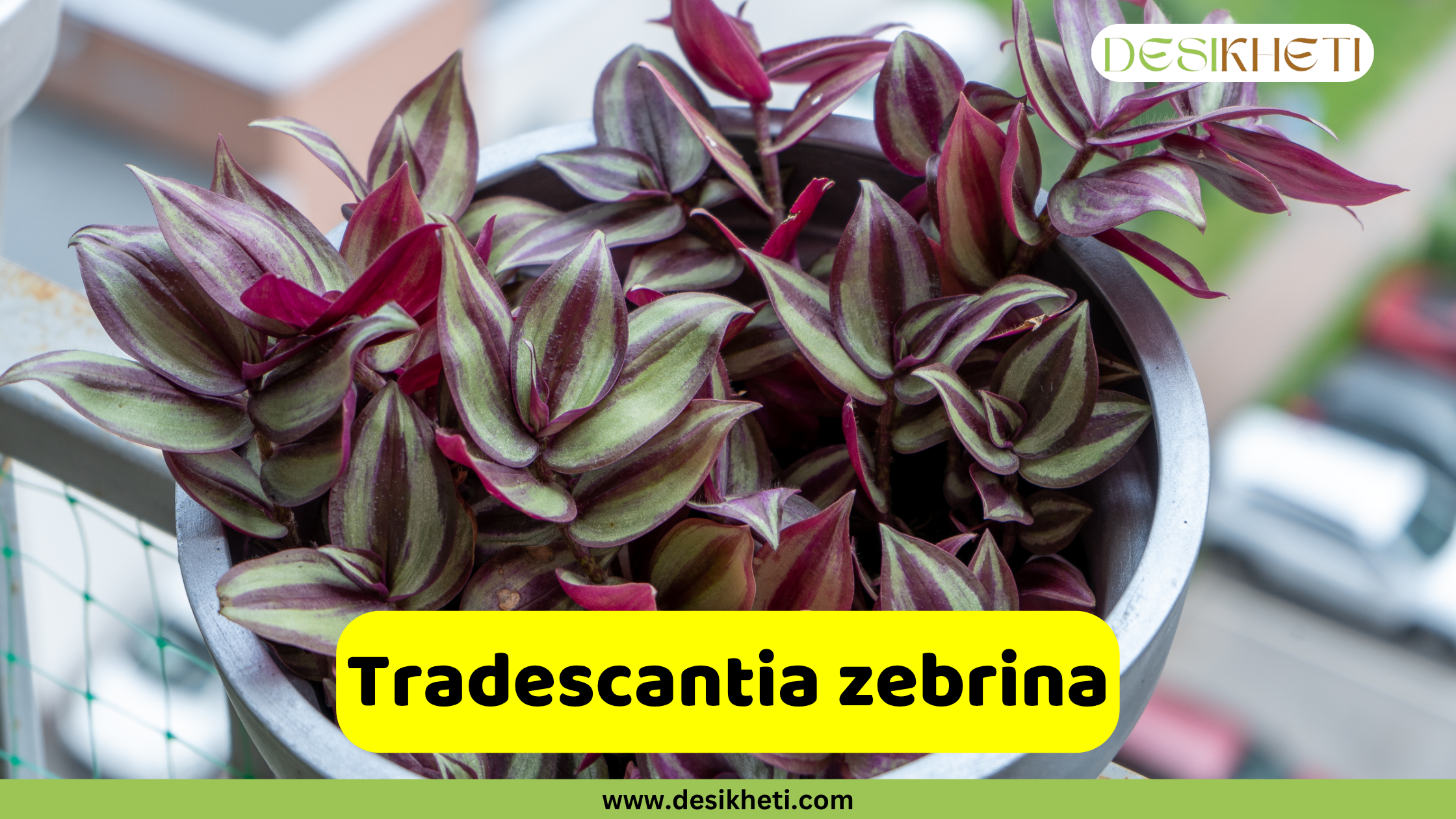
Botanical Name: Tradescantia zebrina
Also known as Wandering Jew or Inch Plant, this striking foliage creeper features purple and silver-striped leaves. Though it may produce small, inconspicuous flowers, its primary appeal lies in its ornamental foliage. It is ideal for trailing over containers or as ground cover in shaded garden areas and is adaptable to indoor or semi-outdoor settings.
Uses and Benefits:
- Attractive variegated foliage for decorative purposes.
- Easy to propagate and fast-growing.
- Works well as a low-maintenance filler plant.
Java Pennywort
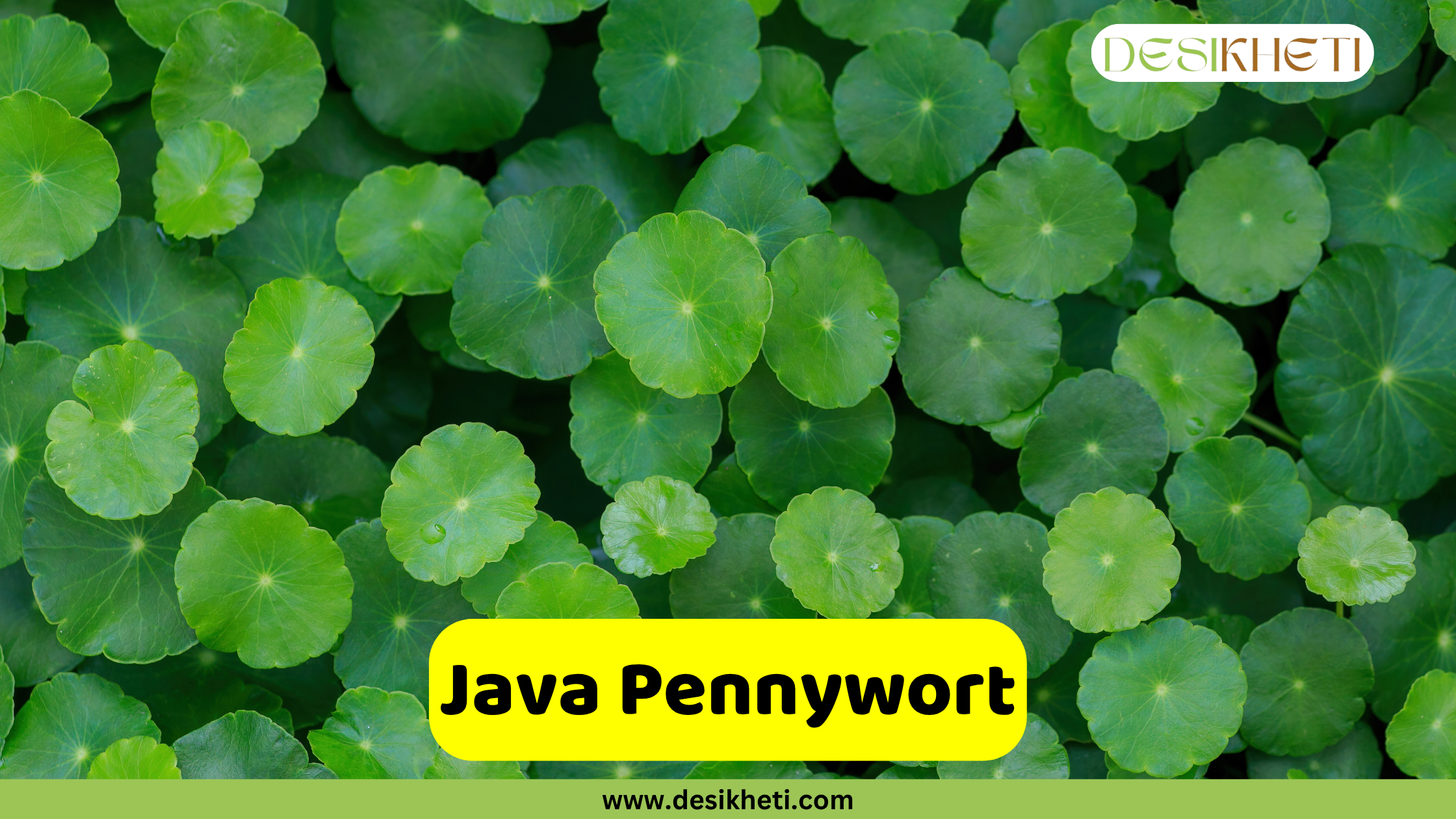
Botanical Name: Hydrocotyle javanica
Java Pennywort is a creeping herb with round, lobed leaves and a prostrate growth habit. Native to Southeast Asia, it thrives in shaded, damp areas. It spreads through runners and is often used ornamentally as ground cover.
Uses and Benefits:
- Attractive ground cover for moist, shaded areas.
Ficus sagittata ‘Variegata’
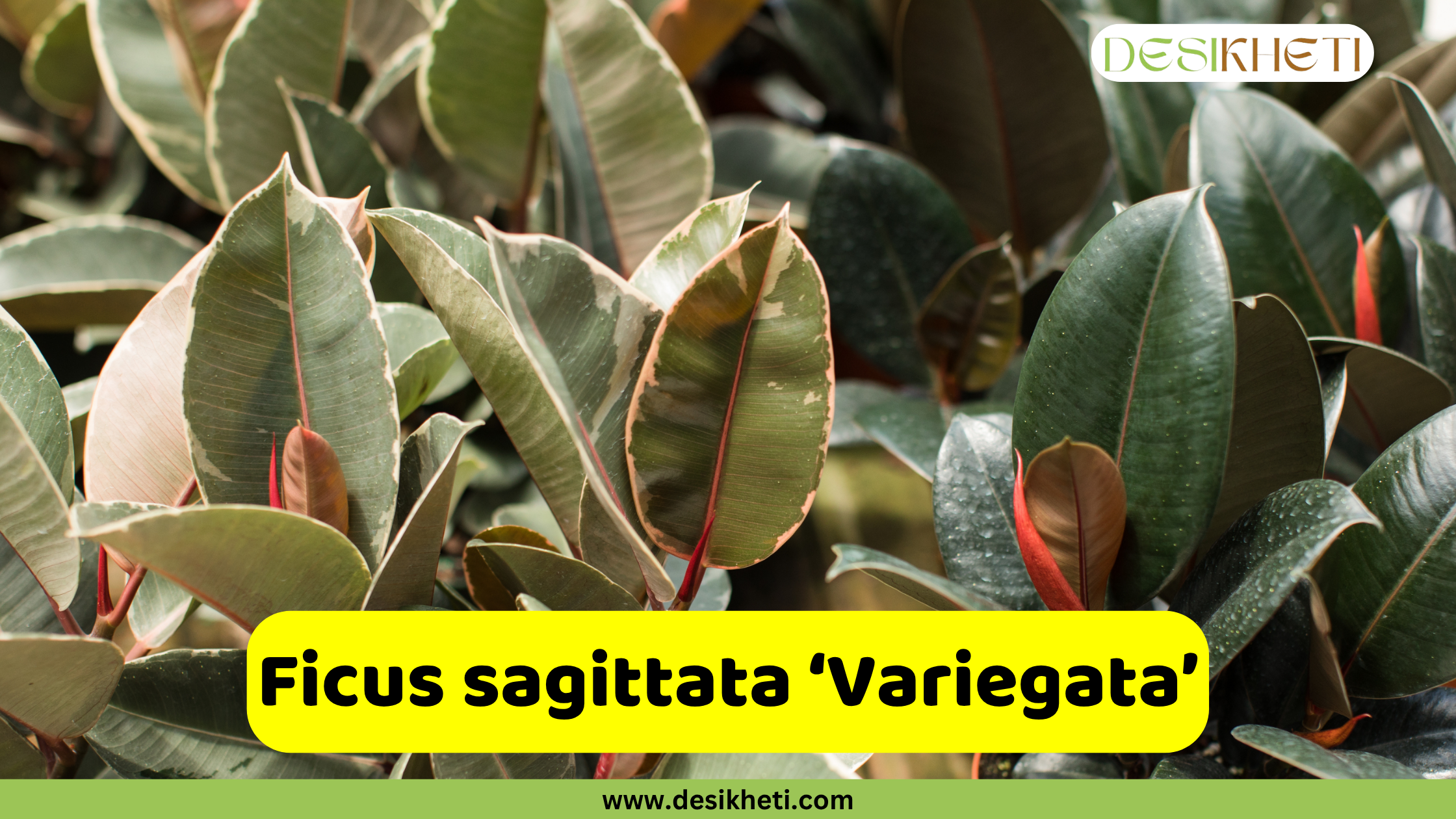
Botanical Name: Ficus sagittata ‘Variegata’
This variegated trailing fig is known for its small, arrow-shaped leaves marked with creamy-white edges. It grows well in bright, indirect light and prefers slightly moist, well-drained soil. As a creeping or hanging plant, it can cover vertical surfaces or trail over planter edges, making it ideal for indoor green walls and shaded balcony gardens.
Uses and Benefits:
- Great for vertical or wall planters.
- Variegated foliage adds texture and contrast.
- Suitable for indoor or outdoor shaded spaces.
Ornamental Sweet Potato Vine
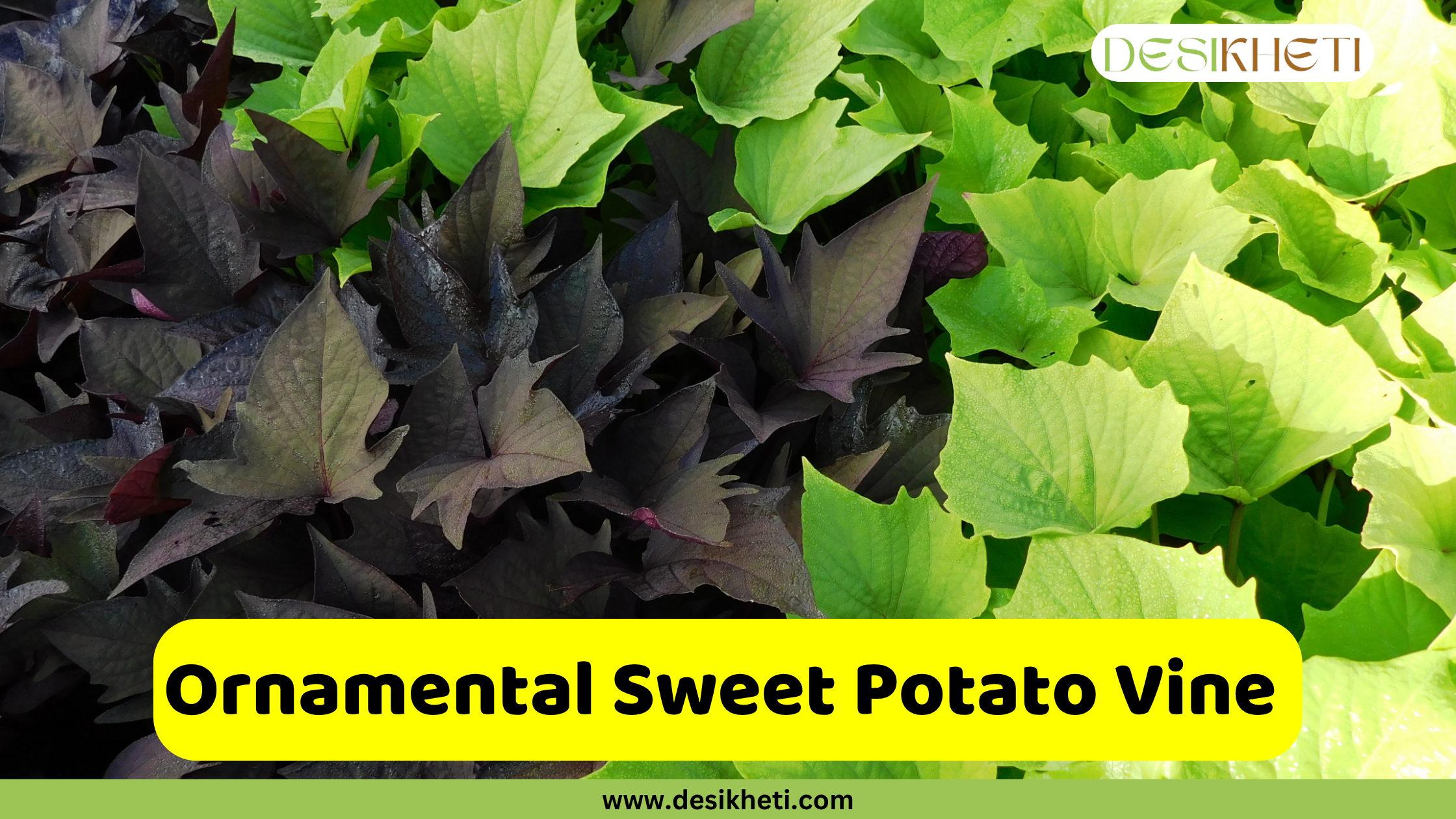
Botanical Name: Ipomoea batatas ‘Blackie’
This fast-growing creeper features deep purple, lobed leaves and is grown for its bold foliage rather than its flowers. Though related to edible sweet potatoes, this variety is ornamental. It performs well in both sun and partial shade.
Uses and Benefits:
- Adds color contrast to gardens.
- Ideal for ground cover, pots, and hanging baskets.
Slender Carpetweed
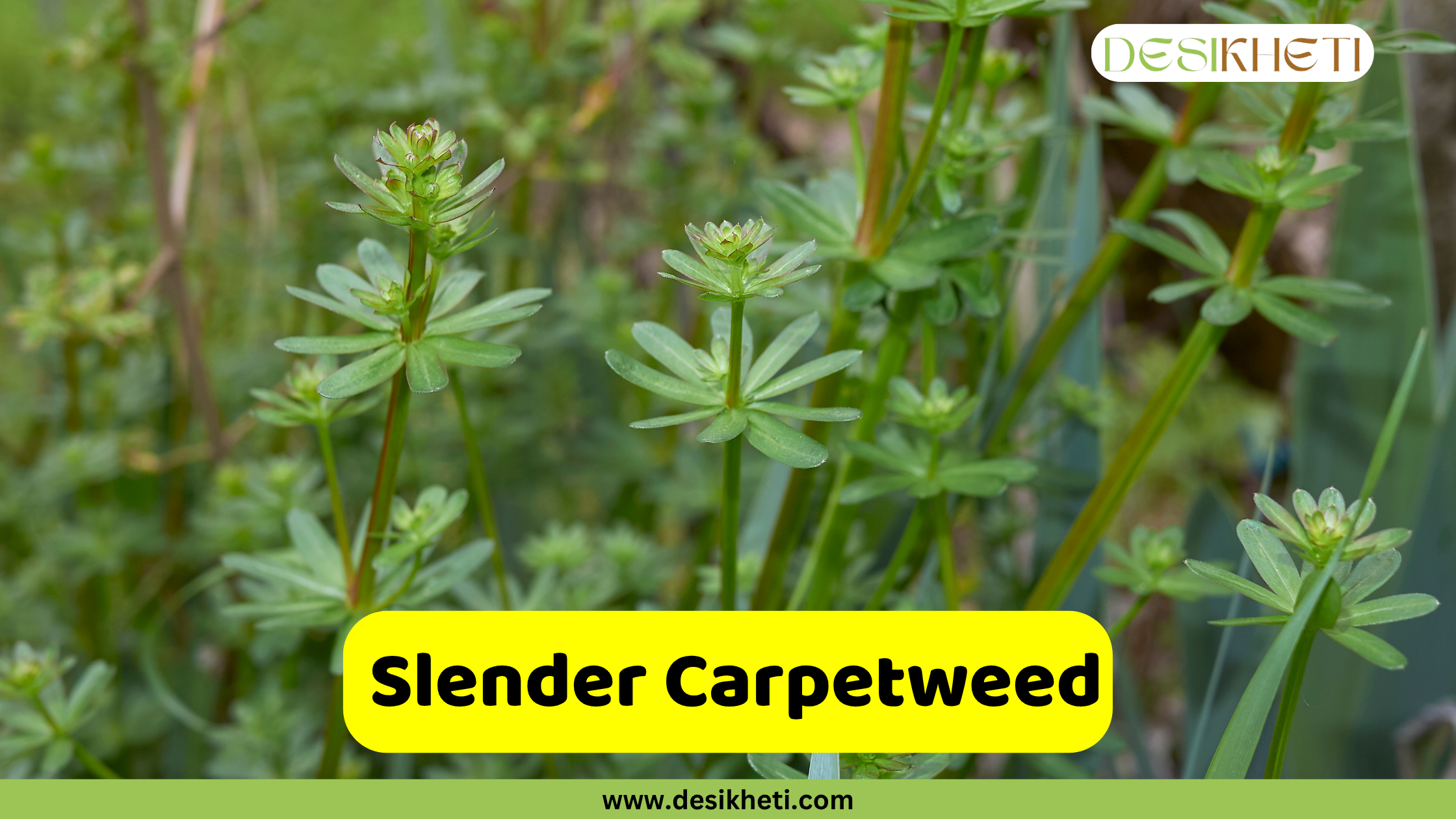
Botanical Name: Mollugo oppositifolia
Mollugo oppositifolia is a mat-forming herb found in tropical regions. It thrives in dry to moderately moist soil and is commonly seen along roadsides and fields. The plant has slender stems and small, opposite leaves, making it suitable for naturalistic landscapes.
Uses and Benefits:
- Low-maintenance ground cover.
Hemigraphis repanda
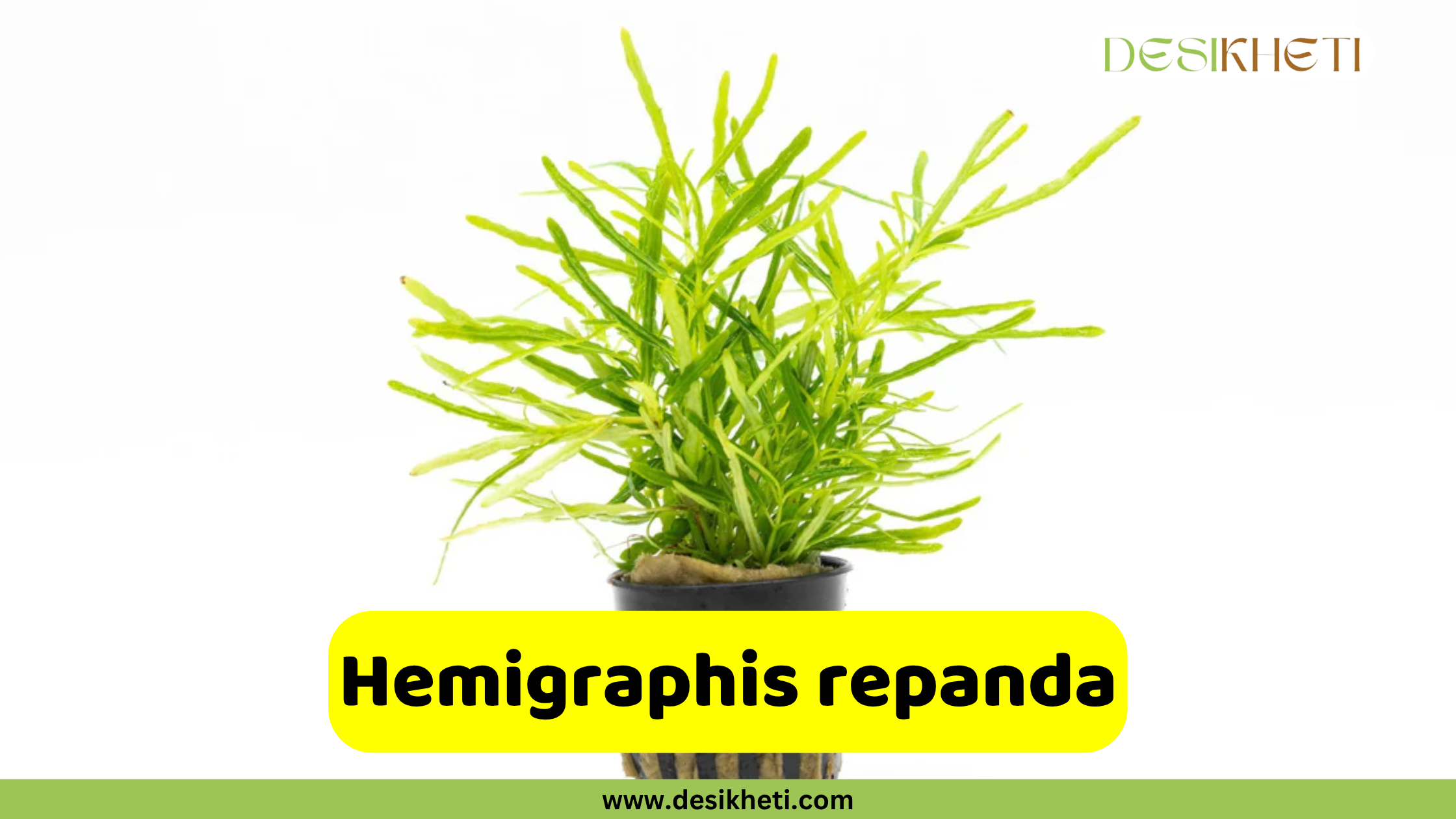
Botanical Name: Hemigraphis repanda
Commonly called Dragon’s Tongue or Waffle Plant, Hemigraphis repanda is a low-growing, trailing foliage plant with narrow, wavy-edged purple-green leaves. It forms dense mats and prefers partial shade to bright, indirect light. Known for its unique leaf texture and color, it is ideal as ground cover in tropical-style gardens and containers.
Uses and Benefits:
- Adds dark contrast to plant arrangements.
- Useful in terrariums or borders.
- Grows well in high-humidity areas.
Classification of Creeper Plants
By Foliage Type
Green Foliage Creeper Plants
- Creeping Fig
- Turtle Vine
- Korean Carpet Grass
- Peperomia rotundifolia
- Creeping Jenny
- Kidney Weed
- Java Pennywort
- Slender Carpetweed
Colorful/Variegated Foliage Creeper Plants
- Joseph’s Coat (multi-colored)
- Tradescantia zebrina (purple and silver)
- Red Flame Ivy (green with red veins)
- Purple Heart (purple leaves)
- Ficus sagittata ‘Variegata’ (green with white margins)
- Ornamental Sweet Potato Vine (chartreuse, dark purple, etc.)
- Hemigraphis repanda (purple-tinged foliage)
By Growth Habit
Ground-Covering Creeper Plants
- Korean Carpet Grass
- Creeping Jenny
- Kidney Weed
- Slender Carpetweed
- Java Pennywort
Trailing/Hanging Basket Creeper Plants
- Turtle Vine
- Peperomia rotundifolia
- Tradescantia zebrina
- Ornamental Sweet Potato Vine
- Purple Heart
- Red Flame Ivy
- Hemigraphis repanda
Climbing/Wall Creeper Plants
- Creeping Fig
- Ficus sagittata ‘Variegata’
By Garden Use
Indoor/Container Creeper Plants
- Turtle Vine
- Peperomia rotundifolia
- Tradescantia zebrina
- Red Flame Ivy
- Purple Heart
- Joseph’s Coat
Outdoor Landscaping Creeper Plants
- Creeping Fig
- Korean Carpet Grass
- Creeping Jenny
- Kidney Weed
- Slender Carpetweed
- Ornamental Sweet Potato Vine
- Java Pennywort
- Ficus sagittata ‘Variegata’
Terrace/Balcony Creeper Plants
- Turtle Vine
- Purple Heart
- Tradescantia zebrina
- Peperomia rotundifolia
- Ornamental Sweet Potato Vine
Other Creeper Plants
- Heartleaf Philodendron
- Satin Pothos
- Variegated Creeping Fig
- Miniature Oak Leaf Creeper
- Variegated Baby’s Tears
- Silver Sparkle Pilea
- Green Creeping Jenny
- Ficus sagittata
- Hoya curtisii
- Pennywort
- Wart Fern
- Trailing Peperomia
- String of Turtles
- Creeping Inch Plant
Creeper plants offer unique advantages in gardening and landscaping by providing dense green coverage, preventing soil erosion, and enhancing biodiversity without relying on blooms. Their versatility and resilience make them ideal for various Indian environments—from shaded garden floors to sunny walls and slopes.
Including these plants in your outdoor spaces not only enhances aesthetics with lush foliage but also supports ecological balance. Whether you’re looking for ground covers or climbing creepers, these plants can add a refreshing and low-maintenance touch to your green spaces.
Which creeper plant are you excited to grow in your garden? Share with us in the comments below! 🌱👇
FAQs on Creeper Plants
1. What was so special about Joseph’s coat?
A. Joseph’s coat (Alternanthera spp.) is prized for its multicolored foliage, which displays vibrant shades of red, yellow, green, and purple, resembling a patchwork coat.
2. Why is it called Joseph’s coat?
A. The name “Joseph’s coat” comes from the biblical story of Joseph’s multicolored robe, reflecting the plant’s bright and varied leaf colors.
3. What is the benefit of the Joseph coat plant?
A. Joseph’s coat plant is used for ornamental edging, ground cover, and container gardening due to its vivid foliage and low-growing habit.
4. Does Korean grass spread?
A. Yes, Korean grass (Zoysia tenuifolia) spreads slowly through stolons and forms a dense, cushion-like carpet, making it ideal for lawns and low-traffic areas.
5. What is the benefit of the silver money plant?
A. Silver money plant (Scindapsus pictus) improves indoor air quality and is believed to bring prosperity, while also serving as a low-maintenance trailing houseplant.
6. What family is kidney weed in?
A. Kidney weed (Dichondra repens) belongs to the Convolvulaceae family, which also includes morning glories and bindweed.
7. Is the purple heart a lucky plant?
A. Yes, in some cultures, the purple heart (Tradescantia pallida) is considered a lucky plant believed to attract positive energy and good fortune.
8. Why is it called the purple heart plant?
A. It is named for its deep purple leaves and stems, and sometimes because of its heart-shaped leaf base, resembling the military decoration.
9. Is baby tears an indoor or outdoor plant?
A. Baby tears (Soleirolia soleirolii) is suitable for both indoor and outdoor use, though it thrives best indoors in humid environments with indirect light.
10. What is the benefit of Indian pennywort?
A. Indian pennywort (Centella asiatica) is a medicinal herb used to improve memory, skin health, and wound healing, and is a key ingredient in Ayurveda.
11. Is wire vine an indoor plant?
A. Yes, wire vine (Muehlenbeckia complexa) can be grown indoors as a trailing or climbing plant with proper light and regular watering.
12. What is the difference between sweet potatoes and ornamental sweet potatoes?
A. Ornamental sweet potatoes are grown for their attractive foliage, not their roots, which are generally not as tasty or edible as those of true sweet potatoes.
13. How do you identify carpetweed?
A. Carpetweed (Mollugo verticillata) is identified by its whorled leaves, low-spreading habit, and small white-green flowers at the leaf axils.
14. What is the common name for Mollugo cerviana?
A. The common name for Mollugo cerviana is Threadstem carpetweed or Slender carpetweed.
